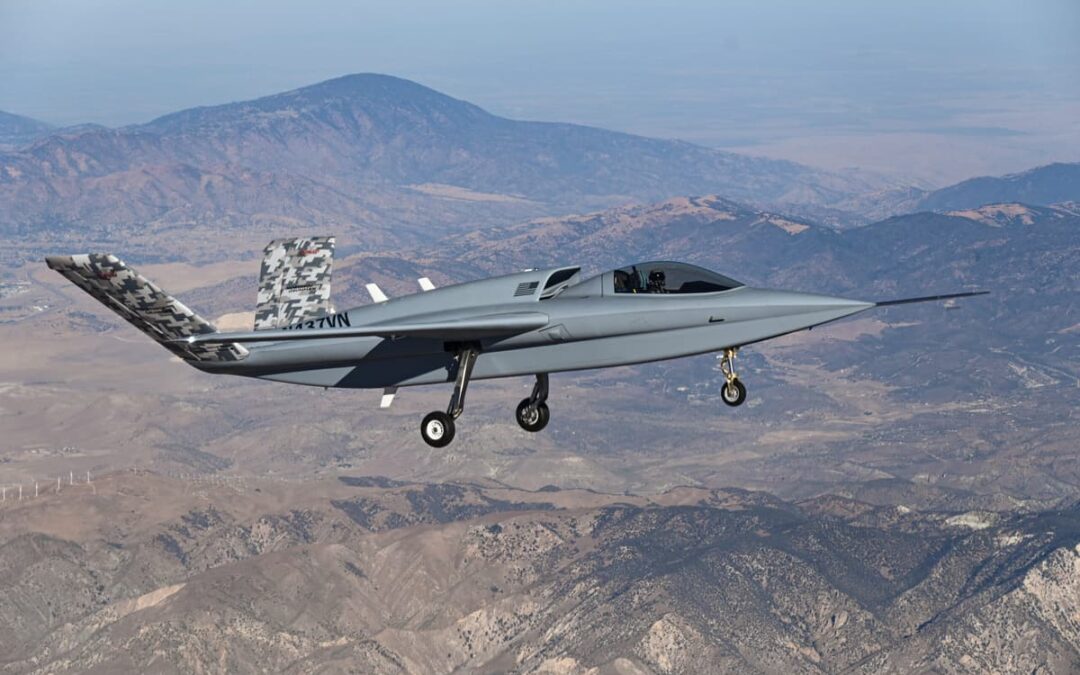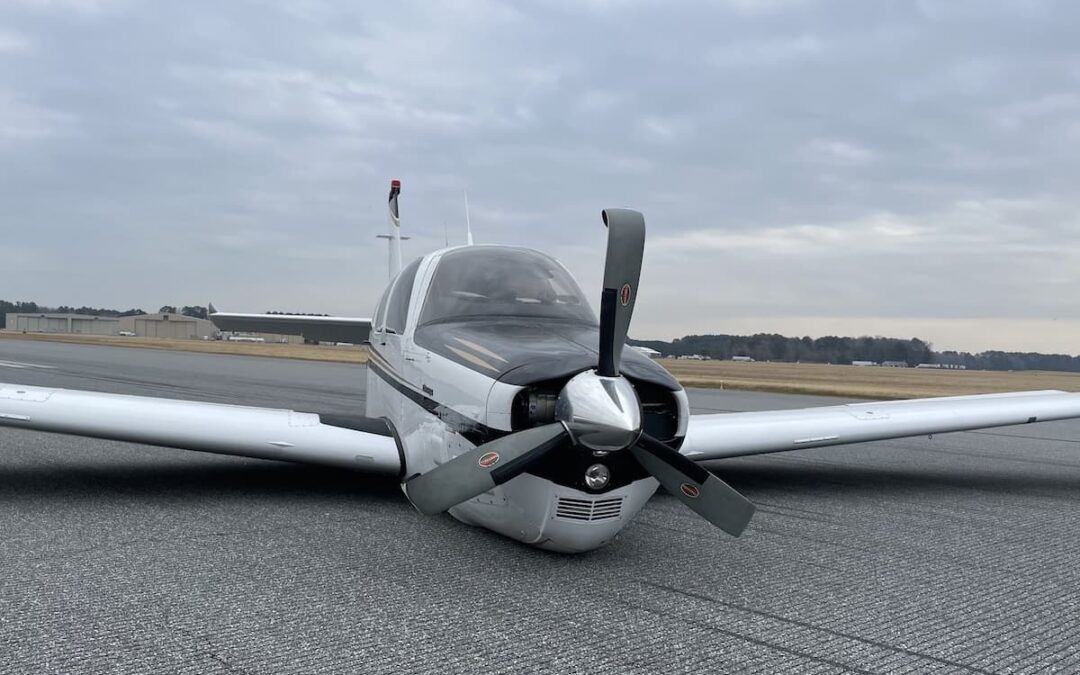Plane & Pilot Magazine
The development of the original Lear model 23 weaves the story of a self-taught engineer and entrepreneur, a Swiss fighter prototype, and a design that proved to be the right airplane at the right time.
Baby boomers will remember a time when the sight of any small business jet would be described as a Learjet. Carly Simon sang, “You flew your Learjet up to Nova Scotia” in her iconic No. 1 hit song, “You’re So Vain.” And to top it off, singer Frank Sinatra regularly flew his “Rat Pack” buddies to the Las Vegas strip by Learjet and loaned his Lear 23 to Elvis and Priscilla Presley so they could elope. However, nothing lasts forever, and sadly, the last Learjet was delivered to longtime Lear operator Northern Jet in late March 2022.
So how did this revolution begin?
The story of the original Lear 23 is really the story of William Powell Lear. Bill Lear was a self-taught engineer with a high school education. However, he never let his lack of academic credentials slow him down. He was brilliant, occasionally difficult to work with, and restless for new ideas. While many associate Bill Lear with the entire Learjet line, in fact he was only directly associated with the first three Learjet models.
The beautiful little jet that emerged copied the wings, fuel tanks, and main landing gear from the P-16 [lightweight fighter project in Switzerland]
As 1960 approached, Lear, already successful in the consumer and aviation electronics market, was looking to fill a niche in the emerging personal transportation market. Lockheed had developed the four-engine Jetstar and North American F-86-based Sabreliner. Both were very capable airplanes. However, they were both constructed to military specifications and heavier and more expensive than Lear thought the market required. Lear’s target was a small step up from the passenger accommodations of the light twin-engine, piston-powered airplanes of the day combined with a major leap in performance. As North American discovered with the Sabreliner, Lear soon realized that the real expense in designing a new aircraft are the hours spent perfecting the airfoils, landing gear, and major systems. Thus, the search for a suitable design led to Switzerland and the orphaned P-16 lightweight fighter project.
The original Lear 23 started life as a fighter prototype, the Flug- und Fahrzeugwerke Altenrhein (FFA) P-16. This single-engine, mildly supersonic, light attack fighter had been in development since the late 1940s and was tailored to the Swiss requirement for operations from remote mountain pass airstrips. Thus, the P-16 combined excellent short-field capability and robust high-altitude performance. However, the expected market for the P-16 never materialized and only five prototypes were constructed. Lear saw the opportunity to graft a passenger cabin onto this compact and rugged fighter. Satisfied he had a winner, Lear moved lock, stock, and barrel to Switzerland in 1960 and established the Swiss American Aircraft Corporation (SAAC) to develop a twin-engine, passenger-configured version of the P-16.
The beautiful little jet that emerged unashamedly copied the wings, fuel tanks, and main landing gear from the P-16. This master stroke is estimated to have saved at least a year of design work. Propulsion was provided by two General Electric CJ610-4 turbojets, civilian versions of the 3,000-pound-thrust J-85 turbojets, which powered everything from jet trainers to cruise missiles. Under the theory that speed might be more desirable than passenger comfort, the cabin was a bit less than 5 feet in diameter, likely a snug fit for some. However, remembering that this is the early 1960s, the 500-knot cruising speeds and 45,000-foot service ceiling made the cruise legs blessedly short and the tiny cabin tolerable.
Image: NASA
The design impressed pilots, and they raved about the Lear’s responsive flight controls and 6,000 fpm initial climb rate. In 1962, Lear moved production to Wichita, Kansas. However, transportation revolutions are not without risk. In a bit of foreshadowing, a Lear 23 prototype was lost in a takeoff accident, with an FAA certification pilot at the controls. Thankfully, no one was injured, and in an interesting plot twist, the insurance payment actually helped the company move on to production. By the end of 1963, the first fully certified Learjet model 23 was delivered.
The response was immediate. The rich and famous beat a path to Bill Lear’s door. Sinatra is reported to have put 1,500 hours on his Lear 23 in a little more than two years. He introduced his friends to jet travel and used his magic carpet to jet to destinations such as Los Angeles and Palm Springs, California, Las Vegas, and New York among other glamorous spots. Aviation legend Clay Lacy became the face of Learjet. His charter operation, Clay Lacy Aviation, was the first jet charter operation in the Western U.S. and catered to Hollywood’s rich and famous jet-setters. By the time production of the Lear 23 was superseded by the Lear 24 two years later, more than 100 aircraft had been delivered. However, of these early models, nearly a third were eventually lost to accidents. The most famous of these claimed the life of Sinatra’s mother in a chartered Lear 24.
As might be expected from its jet fighter lineage, the Lear 23 was, and remains, a pilot’s airplane. But for those brought up on more conventional piston twins of the day, handling this little thoroughbred could be a new experience. Takeoff and landing speeds were higher, systems more complicated, and everything just happened faster—at jet speeds. Eventually, improved pilot training turned the corner toward much safer operations across the entire business jet industry.
The Lear 23 gave way to the 24 and 25 then eventually to the larger and more capable 30 through 70 series. However, the cost of developing and producing a new generation of personal jet aircraft was high. In 1967, Bill Lear sold the business to the Gates Rubber Company. More recently, Learjet, under the ownership of Bombardier, ceased production. Pundits have said Bombardier did not invest enough in Learjet. Others cited the competition from larger and more capable designs.
With more than 3,000 Learjets produced during six decades, few will dispute that the original Lear 23 brought fast and efficient jet transport to the world and nearly single-handedly created an industry. To Bill Lear, who died in 1978 at age 75, we give thanks for creating this incredible plane—the original Lear 23.
This story originally appeared in the March 2024 issue of Plane & Pilot magazine.
The post This Incredible Plane: Learjet 23 appeared first on Plane & Pilot Magazine.





